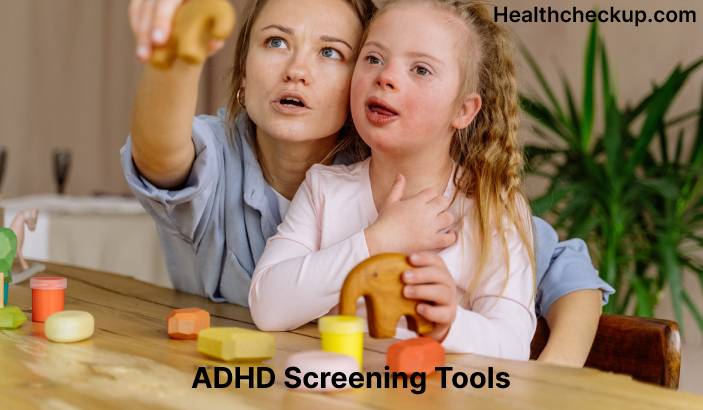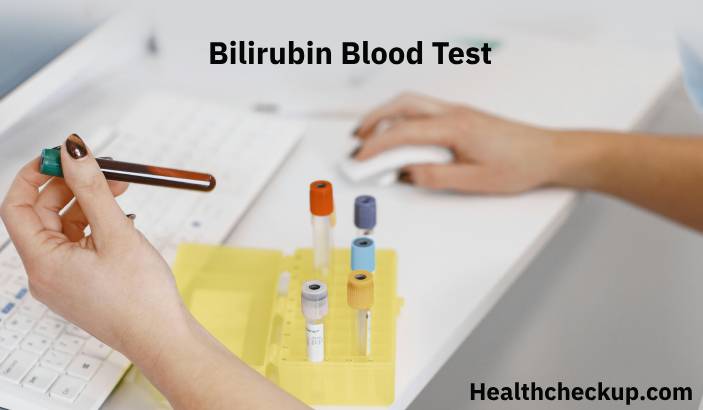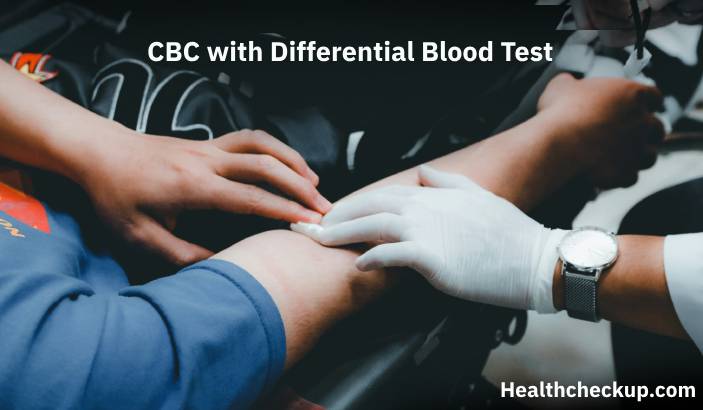Attention-deficit/hyperactivity disorder (ADHD) is a neurodevelopmental disorder that affects an individual’s ability to focus, control impulsive behaviors, and regulate their level of activity. It is a common disorder, with an estimated 5% of children and 3% of adults having ADHD. Early diagnosis and treatment of ADHD can improve an individual’s quality of life and functioning, so it is important to identify those who may have the disorder. There are several tools available for screening for ADHD in both children and adults.
ADHD screening tools for children
There are several tools available for screening for ADHD in children. These include:
- ADHD Rating Scale-IV: This is a standardized questionnaire that is completed by parents or teachers to assess the presence of ADHD symptoms in children. It consists of 18 items that assess inattention, hyperactivity, and impulsivity.
- Conners 3rd Edition (Conners 3): This is a widely used assessment tool that consists of a parent and teacher rating scale, as well as a self-report scale for children aged 6-18. It assesses a range of behaviors associated with ADHD, including inattention, hyperactivity, impulsivity, and oppositional behaviors.
- Developmental and Behavioral Checklist (DBC): This is a screening tool that consists of a parent questionnaire that assesses developmental and behavioral problems in children aged 0-5 years. It includes items related to inattention, hyperactivity, and impulsivity.
- Child Behavior Checklist (CBCL): This is a widely used assessment tool that consists of a parent questionnaire that assesses behavioral and emotional problems in children aged 2-18 years. It includes items related to inattention, hyperactivity, and impulsivity.
ADHD screening tools for adults
There are also several tools available for screening for ADHD in adults. These include:
- Adult ADHD Self-Report Scale (ASRS): This is a self-report questionnaire that assesses the presence of ADHD symptoms in adults. It consists of 18 items that assess inattention, hyperactivity, and impulsivity.
- Adult ADHD Clinical Diagnostic Scale (ACDS): This is a clinician-administered assessment tool that consists of a structured interview and rating scale to assess the presence of ADHD in adults. It includes items related to inattention, hyperactivity, and impulsivity.
- Conners Adult ADHD Rating Scales (CAARS): This is a widely used assessment tool that consists of self-report and informant (e.g., spouse, partner, or friend) rating scales to assess the presence of ADHD in adults. It includes items related to inattention, hyperactivity, and impulsivity.
It is important to note that while these tools can provide useful information for the diagnosis of ADHD, they should not be used in isolation. A comprehensive evaluation for ADHD should also include a thorough medical history, physical examination, and, if necessary, additional testing (e.g., neuropsychological testing, educational testing).
Conclusion
ADHD is a common neurodevelopmental disorder that can have a significant impact on an individual’s quality of life. Early diagnosis and treatment of ADHD can improve an individual’s functioning and well-being. There are several tools available for screening for ADHD in children and adults, including rating scales, self-report scales, and structured interviews. While these tools can provide useful information for the diagnosis of ADHD, they should not be used in isolation and should be part of a comprehensive evaluation.








